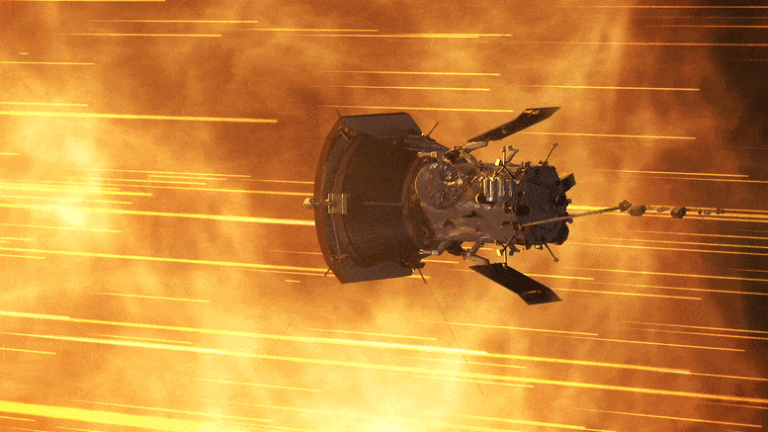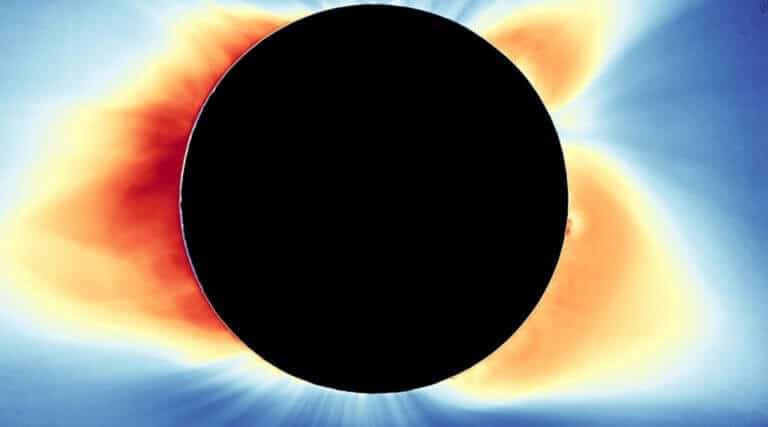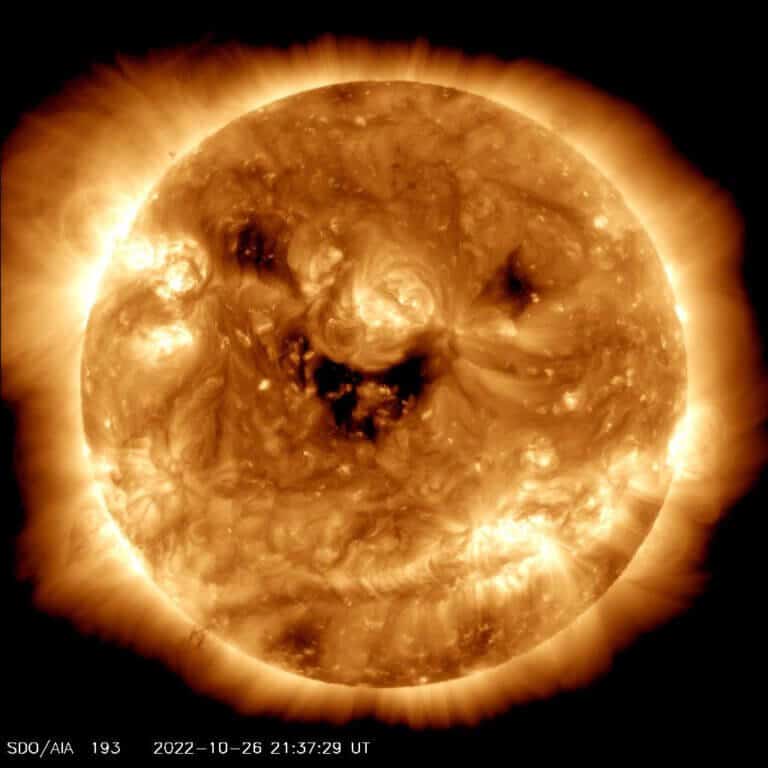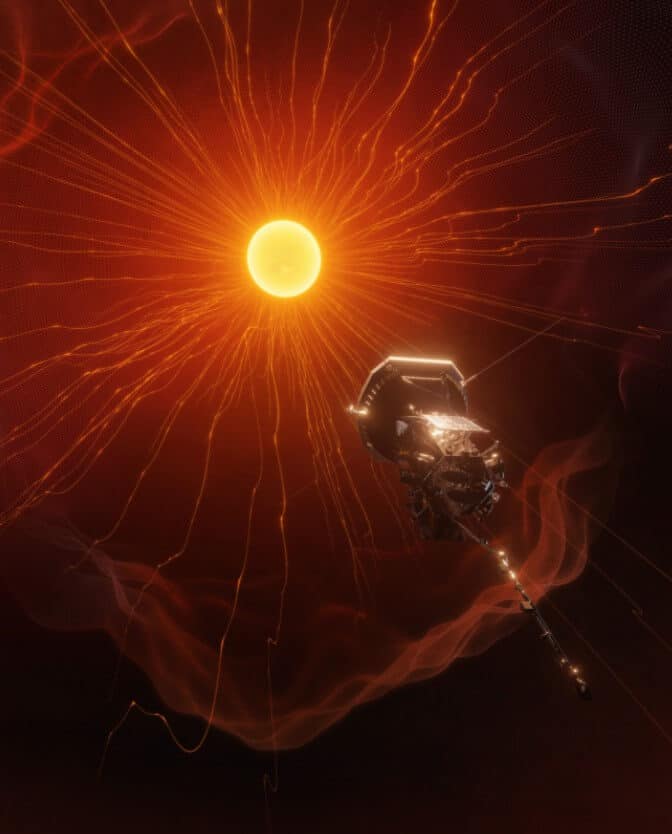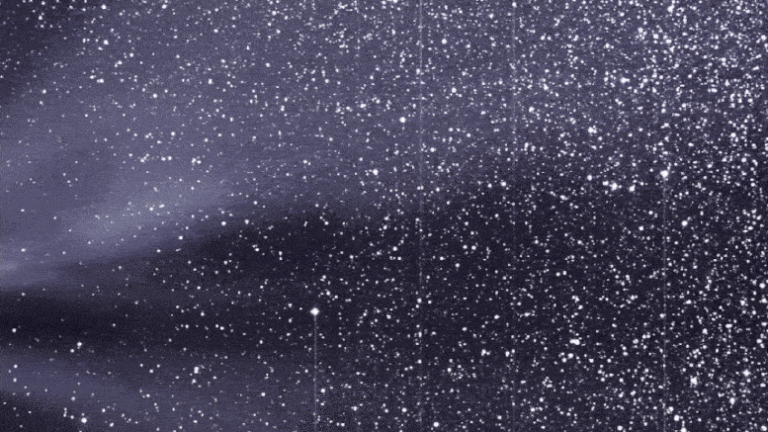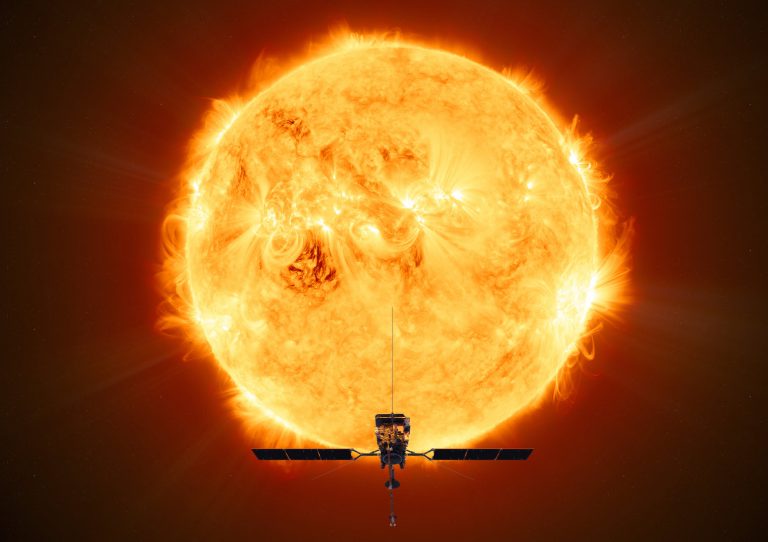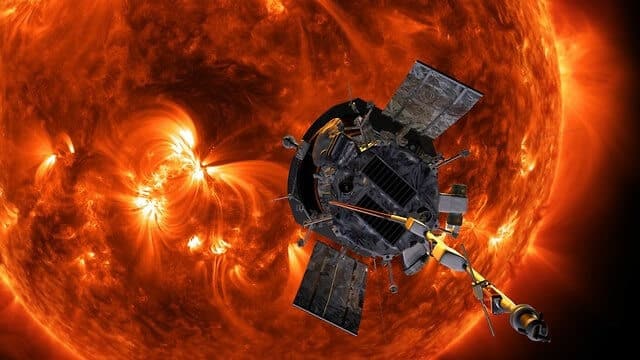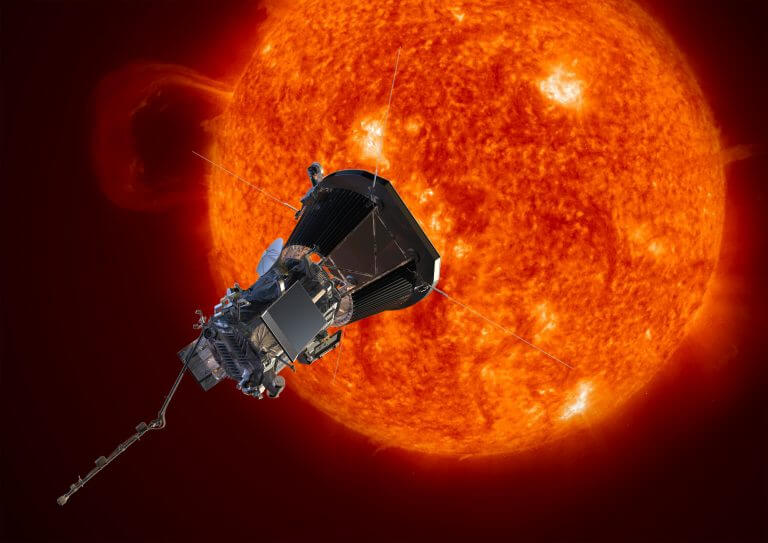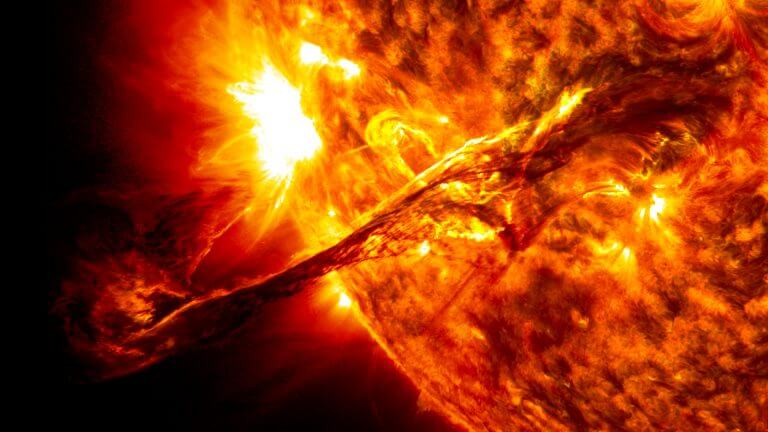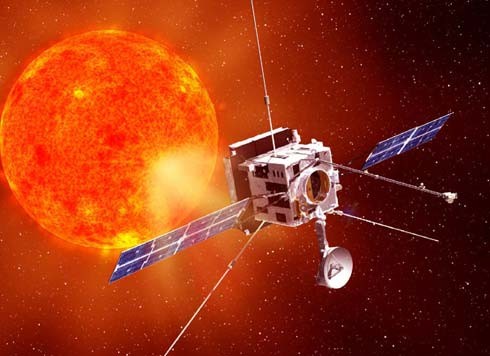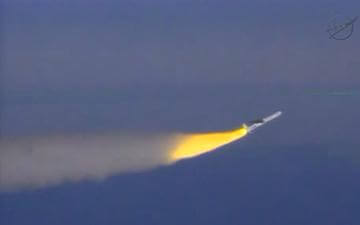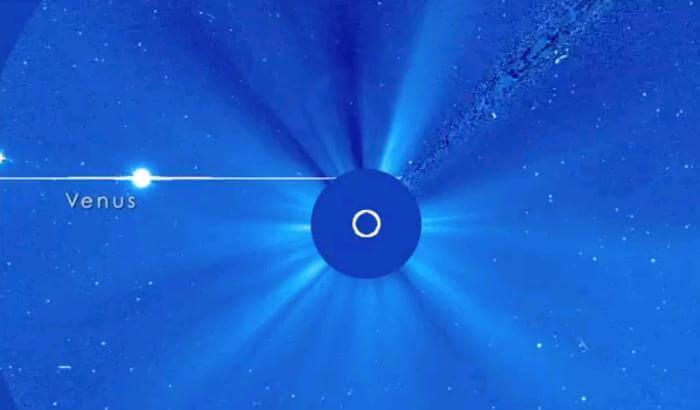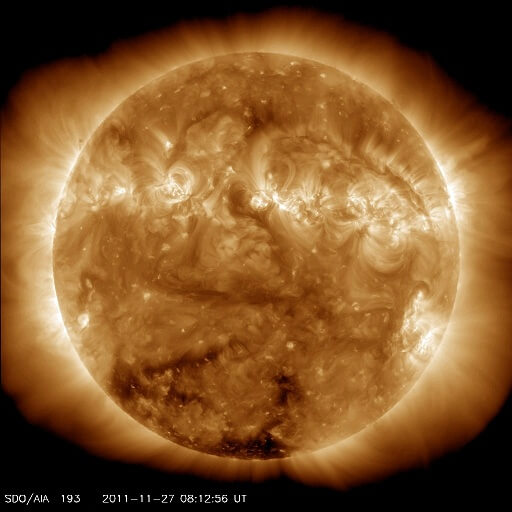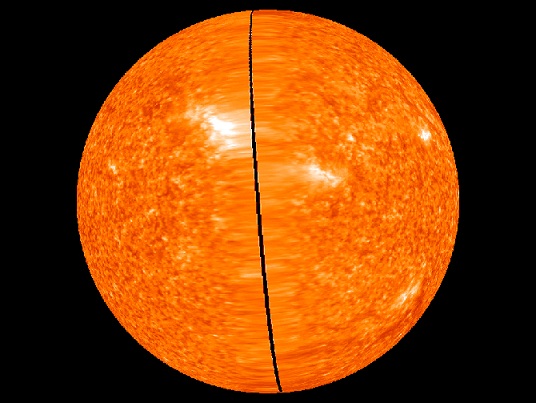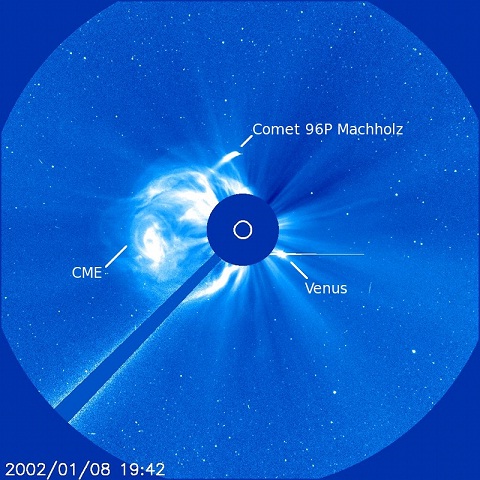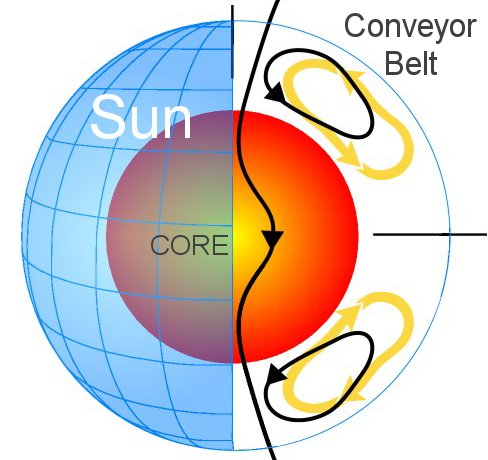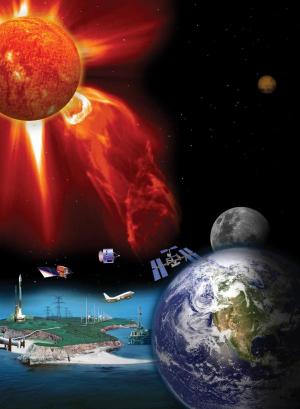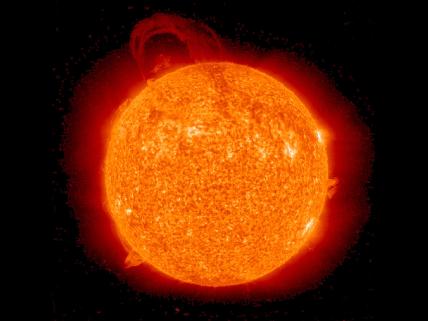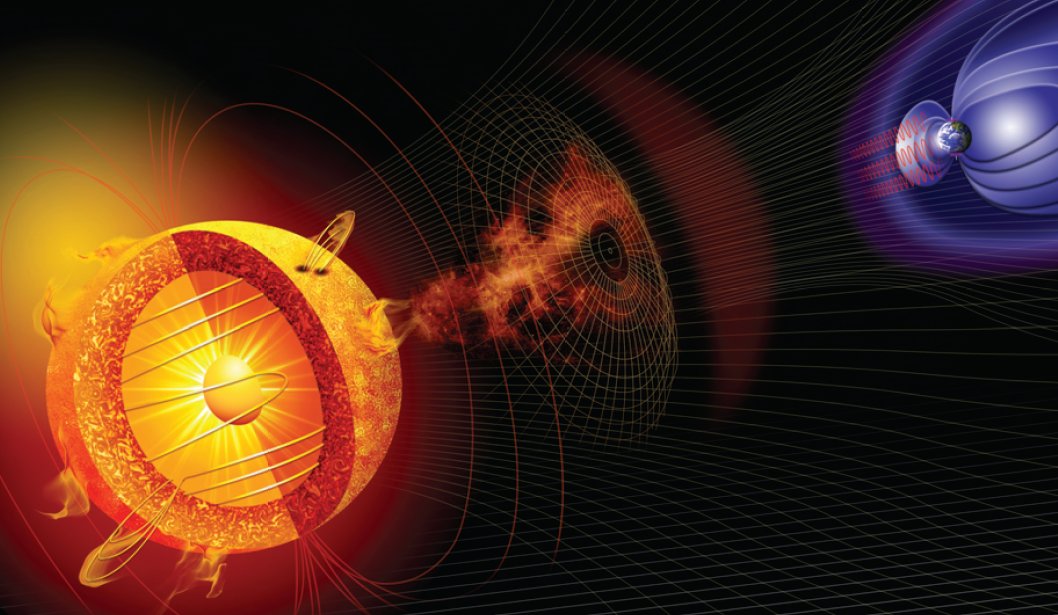Hayadan > Space and astronomy > space missions > The study of the sun
The study of the sun
- Avi Blizovsky
- September 26, 2023
- No comments
"These interactions between the Sun's coronal mass ejections and interplanetary dust were theorized twenty years ago, but were not observed until the Parker Solar Probe saw that the coronal ejection acts like a vacuum cleaner, removing the dust from its orbit."
- Avi Blizovsky
- June 30, 2023
- No comments
Using the high-altitude research plane WB-57, in one of the projects they will photograph the eclipse from a height of 15 km from the ground. The team hopes that taking the pictures above most of the atmosphere of the country will make it possible to see new details of structures in the middle and lower corona
- Avi Blizovsky
- November 5, 2022
- One response
These dark spots on the Sun, visible in ultraviolet light, are called coronal holes and are areas where fast solar wind bursts out into space. By chance, they managed to take a photo that looked like the sun was smiling.
- Universe Today
- December 31, 2021
- 4 תגובות
It is very difficult to squeeze the sun but the reward for the risk is a lot of knowledge about the planet that affects our lives
- Ziv Adaki
- June 9, 2020
- No comments
- Avi Blizovsky
- February 11, 2020
- 3 תגובות
- Avi Blizovsky
- August 13, 2018
- No comments
- Elisef Kosman
- June 1, 2017
- 12 תגובות
- Scientific American Israel
- November 26, 2016
- No comments
- Avi Blizovsky
- November 14, 2013
- No comments
- Avi Blizovsky
- June 29, 2013
- No comments
- Avi Blizovsky
- June 6, 2012
- 2 תגובות
- Avi Blizovsky
- November 28, 2011
- One response
This is what Dr. Ofer Cohen of the Harvard-Smithsonian Observatory says, during the "Solar Cycle No. 24 and its Impact on Ground and Space Infrastructures" seminar that took place yesterday at the Open University
- Avi Blizovsky
- February 7, 2011
- 7 תגובות
- Avi Blizovsky
- December 30, 2010
- No comments
- Avi Blizovsky
- August 19, 2010
- 6 תגובות
- Avi Blizovsky
- June 20, 2010
- 17 תגובות
- Avi Blizovsky
- April 20, 2010
- 16 תגובות
- Avi Blizovsky
- February 8, 2010
- 3 תגובות
- Yael Petar
- November 29, 2009
- 16 תגובות
- Avi Blizovsky
- June 30, 2009
- 7 תגובות
- Avi Blizovsky
- June 21, 2009
- 3 תגובות
- Yael Petar
- May 4, 2009
- 14 תגובות
- Avi Blizovsky
- April 16, 2009
- 3 תגובות
- Universe Today
- February 23, 2009
- 16 תגובות

